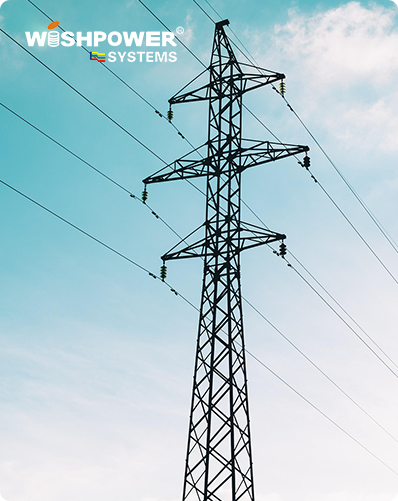

 Apr.30,2025
Apr.30,2025
 WishPower
WishPower
 285
285
Transformers, as essential components in power systems, have their manufacturing processes and standards directly affecting the quality and performance of the products. As global power demand increases and technology continues to advance, the manufacturing processes and standards for transformers are also evolving. This article will introduce the manufacturing processes of transformers and the relevant standards, helping you better understand this crucial process.

The manufacturing process of transformers includes multiple steps, such as design, material selection, manufacturing, assembly, and testing. Each step plays a crucial role in ensuring the quality of the transformer.
The design phase is the first step in the transformer manufacturing process, involving the determination of the transformer's function, specifications, size, and other factors. The design process must consider the operational environment, load requirements, and potential safety factors. Additionally, electromagnetic design should be conducted according to electrical performance requirements.
The choice of materials for transformers greatly impacts their performance. The core material is usually made of silicon steel sheets, which have excellent magnetic properties. Conductive materials like copper or aluminum are used to ensure good electrical conductivity. Insulating materials must be heat-resistant and corrosion-resistant to prolong the transformer's lifespan.
The manufacturing phase is the core step in transformer production, including winding manufacturing, core production, and assembly. During the winding process, strict control over the number of turns, shape, and spacing of the coils is essential to ensure good electrical performance and mechanical strength. The core manufacturing requires high precision to ensure effective magnetic flux conduction.
During the assembly phase, all transformer components are put together according to the design requirements. In the commissioning phase, engineers perform various tests, such as electrical performance tests and load tests, to ensure the product meets quality standards.
Transformer manufacturing standards are essential to ensure product quality and performance. Several international standards organizations provide guidelines for transformer manufacturing and testing, with the most common being IEC (International Electrotechnical Commission) and GB (Chinese National Standards).
IEC standards are globally recognized guidelines for transformer manufacturing and testing, covering design, manufacturing, testing, and other phases. According to IEC standards, transformer designs and manufacturing must meet specific electrical, mechanical, and thermal performance requirements to ensure safety and reliability.
China's GB standards also provide detailed regulations for transformer manufacturing. The GB standards stipulate various performance requirements for transformers, such as load capacity, insulation strength, and temperature rise limits. Additionally, GB standards specify electrical and mechanical testing procedures to ensure stability and safety.
With increasing environmental requirements, environmental standards for transformer production are becoming more important. During the manufacturing process, noise, emissions, and other environmental impacts should be strictly controlled. Furthermore, the lifespan and energy efficiency of transformers are also considered under environmental standards.
The manufacturing process and standards for transformers are key to ensuring product quality and reliability. By following strict design, material selection, manufacturing, assembly, and testing processes, transformers are guaranteed to operate safely and stably in various power systems. As technology advances, transformer manufacturing processes and standards continue to improve to meet the growing demand for electricity and environmental requirements.
If you have any needs, please feel free to leave us a message to get relevant product information.

